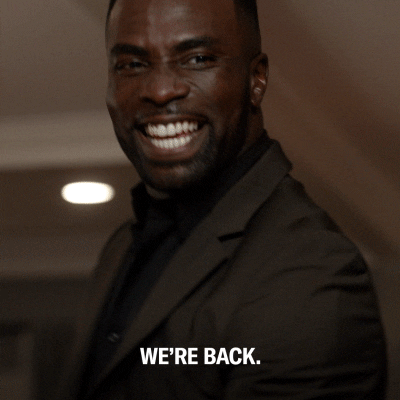- Rabbit Hole
- Posts
- Don't Call It a Comeback
Don't Call It a Comeback
Why Brands Are Rushing to Print

Gif by abcnetwork on Giphy
After years out in the cold, print magazines are hot again.
We’ve seen returns for the likes of NME, NYLON, Sports Illustrated, Vice and Complex.
But it’s not just famous publisher titles; it’s also brands getting in on the action again.
To quote Business of Fashion:
“Brands from Madhappy and Patta to Bottega Veneta are once again embracing print magazines full of on-brand editorial content as they attempt to escape the algorithm and bypass the drawbacks of social-media marketing.”
This is huge news for content marketing.
Let’s dig into why it matters…
G-O… S-L-O-W
There has been a big conversation about slow living over the last couple of years, with more than 6 million posts on the subject on Instagram alone.
Like most trends, it is a reaction to another trend; in this case, relentless productivity, hustle culture and general over consumption.
We had already seen the popularity of ‘de-influencing’, ‘quiet quitting’ and ‘lazy girl jobs’ in recent months and printed magazines feel like a natural extension of this desire to offer alternative ways to live.
Now-stalgia
For a variety of reasons, nostalgia has never been more prevalent in culture (and, therefore, in marketing).
And the cycle is faster than ever before, with people feeling ‘now-stalgic’ about relatively recent times. To quote this BBC article:
“… researchers found consumers are more likely to spend money on brands that evoke nostalgia.”
Reaching Where the Algorithms Can’t
Print magazines offer a much bigger canvas than any social media post can, which is even more important for luxury items looking to justify a higher price.
Even more importantly, it unlocks other opportunities. People might take a photo or video of a beautifully designed retail store and share it on social. But that is never going to be a tangible item that then sits on a coffee table at home, for example.
And a printed magazine is more worthy of a physical event that brings together communities and potential customers. To go back to the Business of Fashion:
“For Madhappy, part of the appeal of print is the tangibility of the product but also the culture around it. While Madhappy sells Local Optimist in its flagships and online store, it has held release parties at indie bookstores… to help build a physical community around the brand.”
What does this mean for marketers?
Print magazines are a fantastic opportunity because it is unconventional, so it will grab attention.
The fact that most of the category isn’t doing it is also an advantage; scarcity drives interest.
Speaking of which, this format seems to make most sense for brands that have limited edition products and especially those that have physical retail spaces where the magazines can be proudly displayed.
Of course, launching a magazine is no mean feat for any brand, but it’s important to remember that the printed edition can be as infrequently as once-a-year.